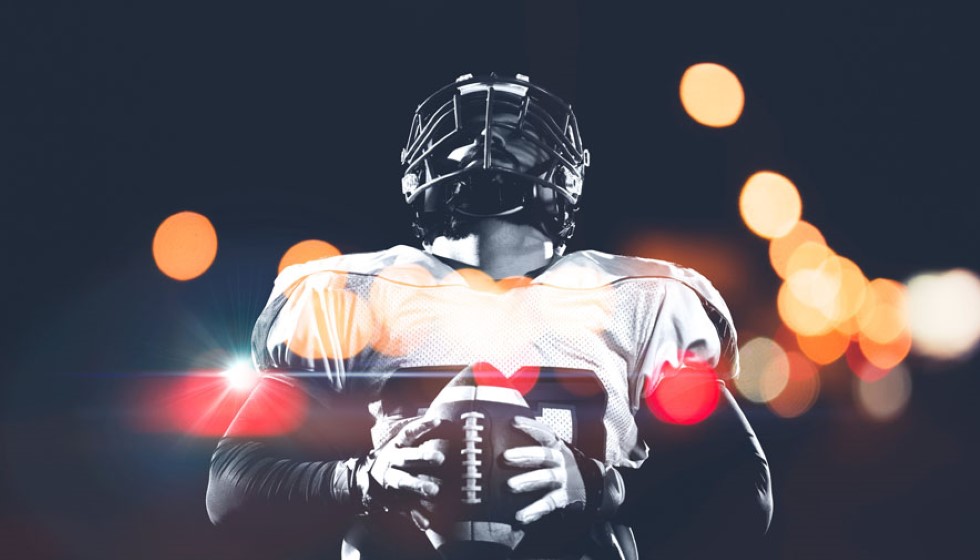
The 2024 NFL season heralds a significant innovation in player safety and performance with the introduction of position-specific helmet models. This advancement results from a collaborative effort between the National Football League (NFL) and the National Football League Players Association (NFLPA). It underscores a pivotal shift towards customizing gear to better protect players based on the unique demands of their positions.
Understanding the Need for Specialized Helmets
Football is a sport of diverse roles, each with its specific challenges and risks. Quarterbacks, for example, require helmets that not only protect them from the high-impact hits characteristic of their position but also maximize their field of vision. Linemen, on the other hand, engage in a game of constant physical confrontations, necessitating helmets designed to absorb repetitive blows and reduce strain.
To cater to these distinct requirements, approximately eight top-rated helmet models have emerged, tailored specifically for quarterbacks and linemen. These helmets incorporate the latest in protective technology, focusing on areas like visibility and impact absorption to minimize the risk of head injuries.
Innovation at the Helm
Riddell's Axiom 3D model stands out as a beacon of innovation in helmet technology. The development and interest in specialized helmets, particularly for linemen, have seen a significant uptick. Since the approval of specialized helmets for quarterbacks in 2023, following the endorsement for linemen in 2022, there has been a pressing call for wider adoption.
The growing concern for player safety was further magnified following an incident involving Patrick Mahomes. The scrutiny into the helmet used by Mahomes has sparked ongoing discussions about the need to enhance helmet safety, pushing the envelope for better protective solutions.
Focusing on Safety Through Research and Development
At the forefront of this movement is a relentless pursuit to reduce head injuries, a concern mirrored in the ongoing research and development in helmet technology. This effort is not only about enhancing the existing features but also expanding the range of position-specific helmets to potentially include roles like wide receivers and running backs.
Such advancements highlight the league’s commitment to minimizing injury risks, thereby ensuring a more sustainable and safer career path for its athletes. Jeff Miller, the NFL's executive vice president for health and safety, commended the progress but also pointed to the need for broader acceptance, especially among linemen.
Looking Towards a Safer Future
The positive reception and growing trend towards position-specific helmets signal a future where more players are likely to adopt these advanced protective gears. The NFL and NFLPA's combined efforts in pushing for technological advancements in helmet design are pivotal to developing safer and more effective helmets. These innovations are not just enhancing the game's safety profile but also ushering in a new era where player welfare is paramount.
As the league continues to navigate the complexities of player safety, the emphasis on customized protective equipment marks a pivotal step forward. The evolving landscape of helmet technology, driven by meticulous research and a deep understanding of the game’s dynamics, promises a future where football is not only about the thrill and competition but also about ensuring the well-being of those who play it.
The expansion of position-specific helmet models is more than an advancement in sports technology; it represents a fundamental shift towards a safer, more conscientious approach to football. As the NFL leads the way, it sets a precedent for sports leagues worldwide to follow, highlighting the importance of adopting innovations that prioritize player health and safety above all.